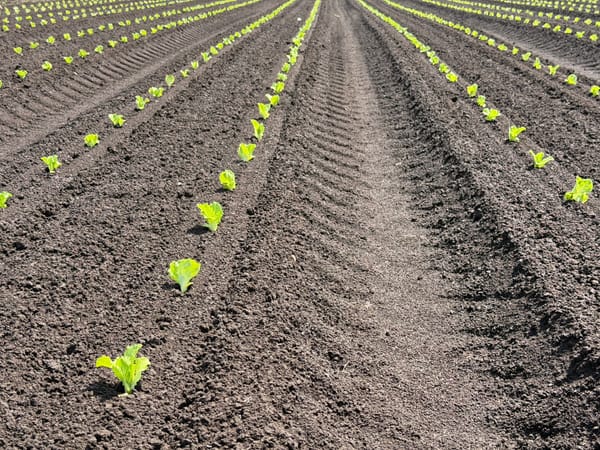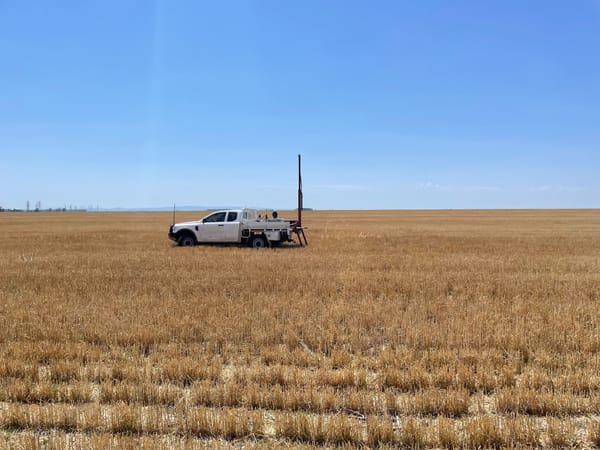Biochars in the real world

The ever-evolving scope of sustainable agriculture is rife with many new and old solutions to perceived problems in modern agriculture. Many solutions that are presented are described as logical and obvious. Biochars can be seen as one of these solutions, high soil carbon is generally good so lets just add as much as possible through charred material. One thing to consider though is just because something makes sense logically doesn't always mean that it doesn't have downsides and especially that the downsides don't outweigh the positives.
Now, I know what you are thinking, "Biochar is a great benefit to the soil carbon and nutrients and a great tool in the fight against climate change. What can you possibly say to convince me not to use it?" Well I'm not here to convince anyone not to use biochars, just to be aware of the very real downsides its use entails. Wait "Nuance on the internet‽ That's illegal!" This is not a comprehensive article on what biochar is or how to make it, if you're interested a quick search will deliver far more information than I can. What we are here to learn is where biochar falls short of expectations and when that should influence the decision to use it in your context.
Firstly not all biochars are created equal, some, will have been made at lower temperatures leading to differing structure and properties while others heated more will burn off additional carbon and nutrients. This is critical to understanding why biochar is held up as a gift from god, or really the Amazonian's where this 'Terra preta' was first described as a soil input. Interestingly it seems to be largely be the dark brown/black colour of the soil that impresses commentators (soil colour is a topic for another time.) Possibly there is something to do with the environment in the Amazon that allows the carbon to be retained in the soil?
Biochar as a term may be somewhat reductive, depending on the parent material and temperature used the resulting biochars will have varying properties. So much so that a plural term of biochars would be more appropriate to describe the resulting product. This also explains why many studies and experiences with biochars show wildly different results in efficacy with reports of up to 30% increases and 20% decreases of yield (Brady & Weil, 2016, p. 1036).
With a general perception that biochars = good leads to business capitalising on the opportunity by making and selling their own. As a general rule while running a business profits can be increased by selling a product for a higher price or, as long as it doesn't affect sales, lowering the cost of production. This is the current bane of biochars. Consumers will look at biochars they purchased and see black prills or chunks and assume that it all must be the same. However if the business has realised that no-one can tell the difference between differing biochars and the low quality product allows them to produce a higher quantity for cheaper then its likely that's what you'll get. This is more common than you think, I have seen a pile of bulk gypsum delivered to a farmer that batch tested from the supplier at >80% gypsum and post delivery testing revealed <20% gypsum. If it looks the same and independent testing is a burden then bad faith actors love taking advantage.
In Germany there are some high tech companies innovating better methods of efficiently turning material into biochar for soil application. When the input is a waste product like manures, cuttings, sawdust, offcuts or similar it's probably a good idea. However, hearing about business looking to take advantage of economies of scale to increase production of biochar to meet demand. Suddenly growing plant material solely to convert to biochar at peak biomass is a whole different calculation.
To create these biochars the parent material goes through pyrolysis which is when that material is heated up in a reduced oxygen environment to between 200-700°c for extended periods of time. Unfortunately the material is still being burned which means carbons, nitrogens and other beneficial materials are also being turned into gases and released. The retained carbon from the original source will likely be between 60-70% with low temperatures being able to recover +85%..
So, theoretically, grow a 'crop' of high biomass plant material. Harvest it and take it offsite to burn off all its nutrients (and some carbon) that it extracted from the soil, inoculate it with fresh nutrients that have been extracted from elsewhere (hopefully recycled waste products) and apply it to a farm. How we source our biochars is critical to its value in the agricultural logistics chain. If your goal with biochars is to remove carbon from the atmosphere then if you are including, storage and transportation the math is closing in on emitting more than you will sequester. If that maths says no you are better off doing nothing.
There are no correct answers only compromises.
The opportunity cost of biochar has yet to be determined and depends largely on its parent material. Waste material sourcing will change that maths significantly but so do other factors like transportation, energy inputs and application methods. Don't let this post fool you, biochars seem to have some great benefits and those are plastered all over the internet, just remember, biochars and everything else don't exist in a vacuum.




